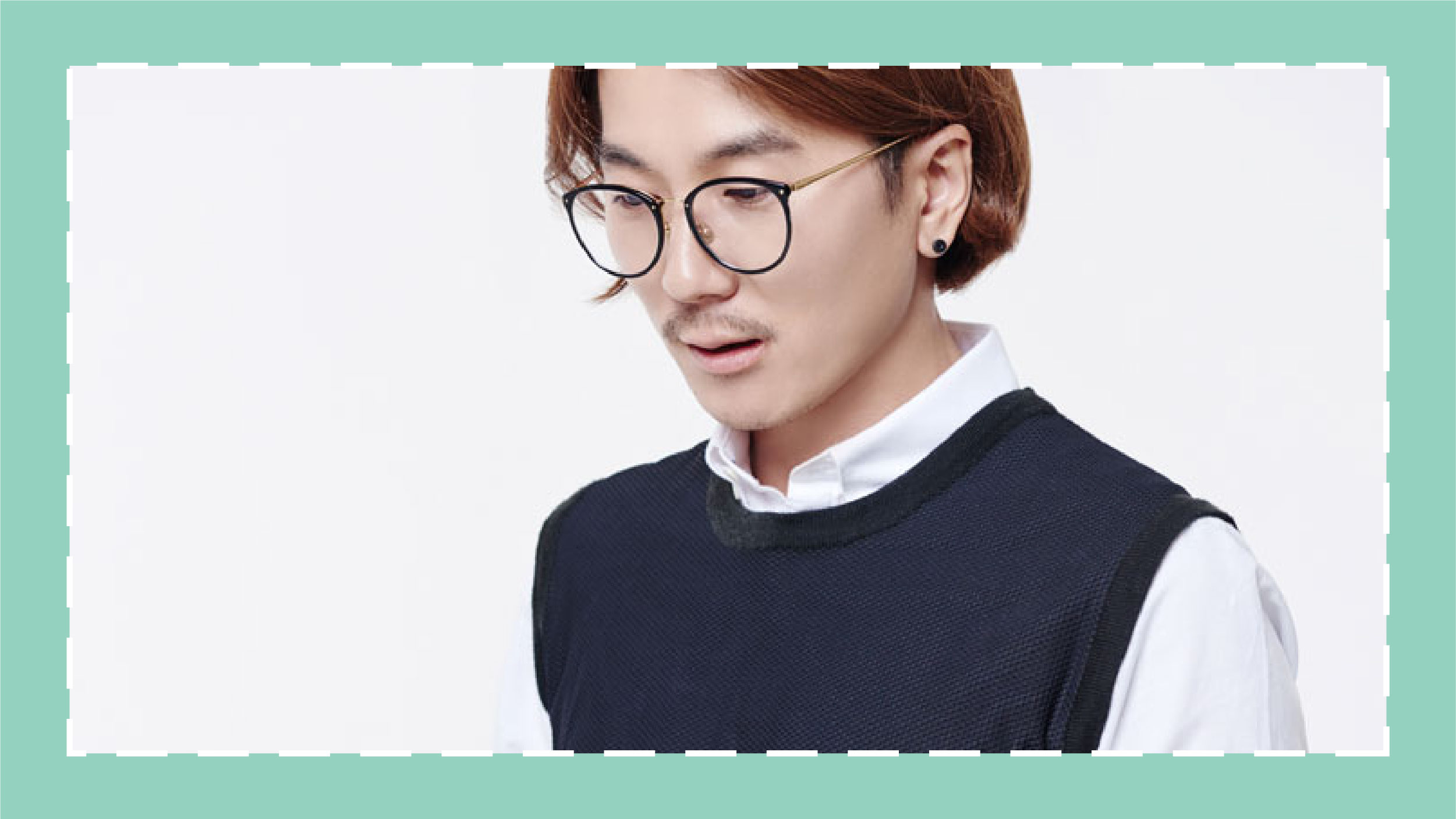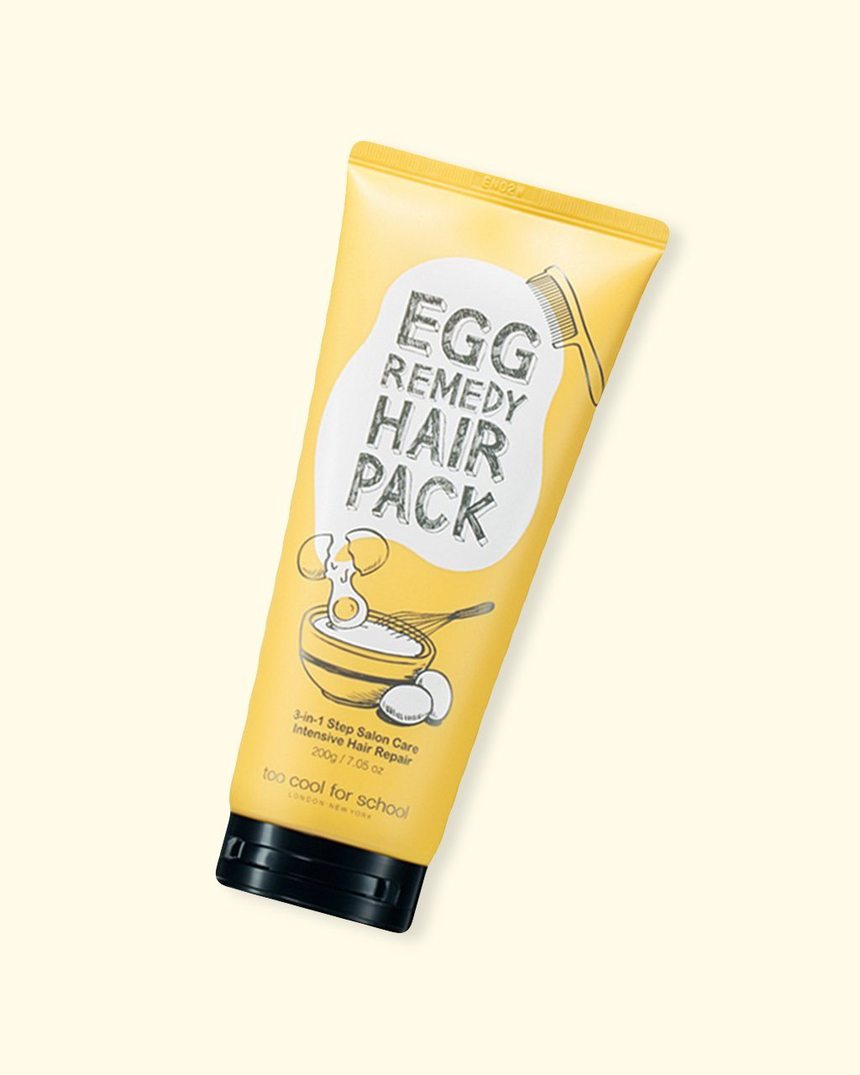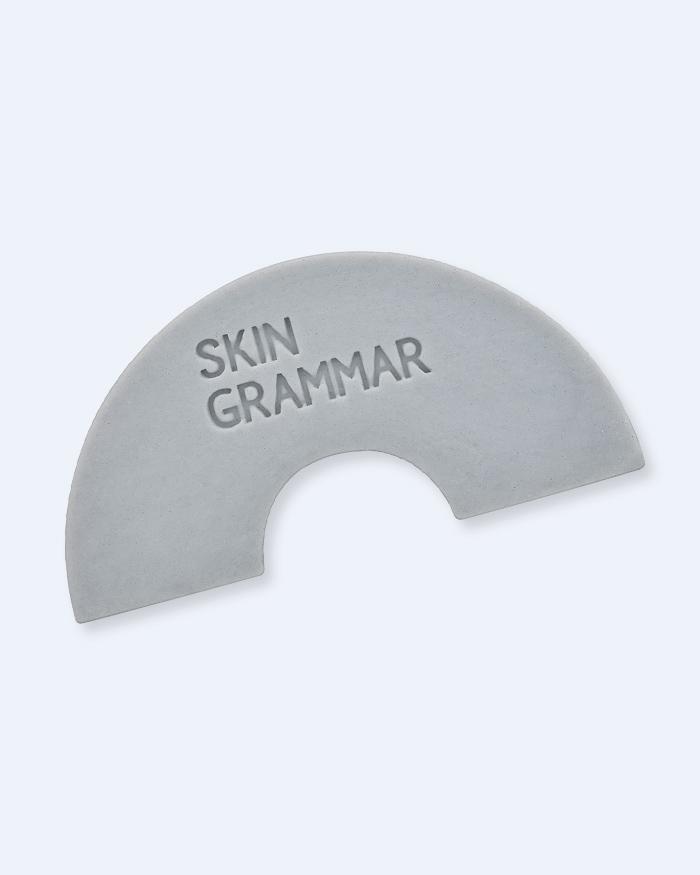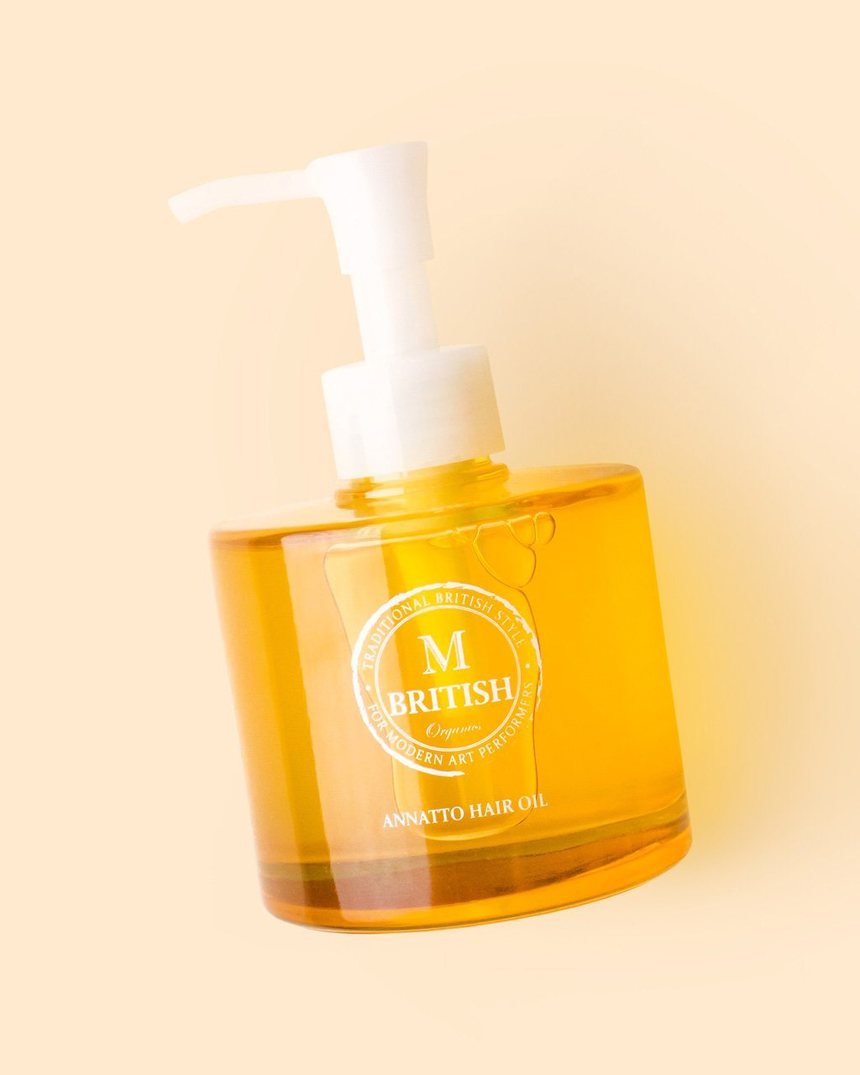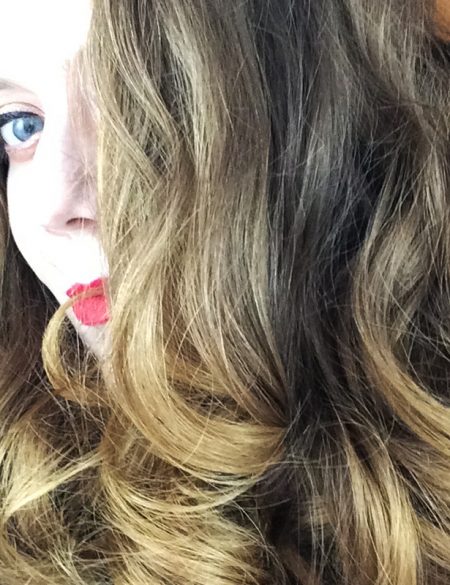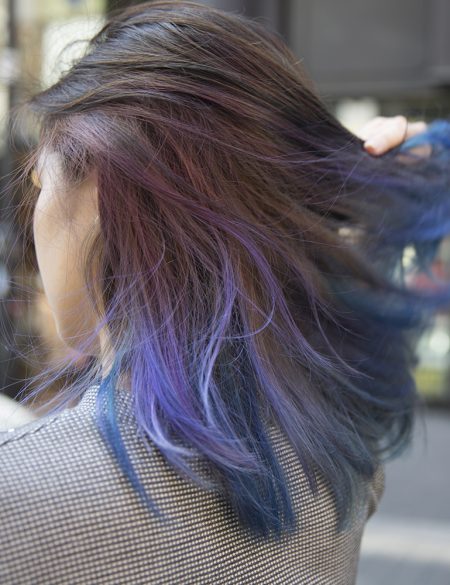Find out how to get better hair from a top Korean hairstylist! Learn how you should be shopping for shampoo and conditioner and discover the best hair care brands.
After appearing on renowned K-beauty TV shows like Get It Beauty, Bumho Lee has become well-recognized as the one of the top hair designers for Korean celebrities and head director of Azurer Hair, celebrity hair salon located in the Cheongdam area of Seoul. His past clients include Dam-bi Son, Hye-soo Kim, Ha-neul Kang, Ha-kyun Shin, B1A4, Eyedi, and Seventeen.
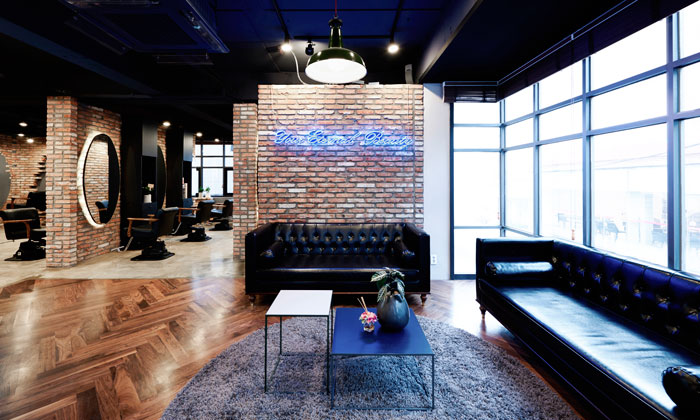
We sat down with Bumho for answers to some of our biggest hair questions.
What is the correct way to apply conditioner? How much product do you need, and how long should you leave it in for?
Conditioner is only meant to prevent your hair from becoming tangled. So if you’re dealing with damaged strands, I recommend using a hair treatment rather than a conditioner.
People often think that when it comes to conditioner or treatment, the more you use the better. But in reality, you only need to use about the size of your thumb. After shampooing, squeeze out the excess water from your ends. Rub the product between your palms and apply it evenly to your strands, focusing on the ends and the damaged areas. If you feel that you need more product, always go back and add more—just be careful not to use too much product in one go, since this will prevent even distribution.
Here’s a quick test you can do to see if you’re using the right amount: When you rub your hands, you should be able to evenly spread the product onto your palms without the product clumping.
In terms of how long you should leave it in for, I would say at least five minutes. If you tend to wash your hair every time you shower, I recommend this routine: First, shampoo your hair. Then, apply hair treatment, using the method I described earlier. Leave it in while you wash your body and then finish off by thoroughly rinsing your hair.
If you ever need to wash your hair separately from your body, you can first shampoo, apply the treatment product, and then put on a shower cap to seal in the moisture. After five minutes or longer, you can take off the cap and thoroughly rinse your hair.
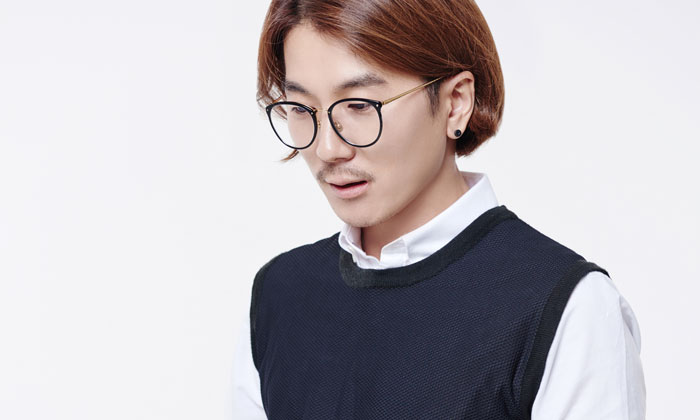
What do you think damages hair the most?
I would say the big ones are: leaving your hair tangled without brushing it through, forgetting to thoroughly dry your scalp, using heat tools too often, and dyeing your hair too many times without proper recovery periods.
If your hair is damaged due to chemical treatments like a perm or a dye, you need products infused with keratin to nourish your strands from inside out. If your hair is damaged from heat, moving forward, make sure to always use a heat protectant serum or essence before reaching for that hot tool.
What’s the trendiest hairstyle and color in Korea right now?
Personally, I think it’s better the express your own style instead of following trends. Among Koreans, I don’t think there’s a single cut that’s trendy, either, since people love different styles. You’ll see everything from very short to very long hair on the streets of Seoul.
But in term of color, since Koreans tend to have reddish melanin in their natural hair, the trend is to go for the opposite tone, like matte or ash brown. Those who want to stand out tend to go for red, pink, or violet brown tones.
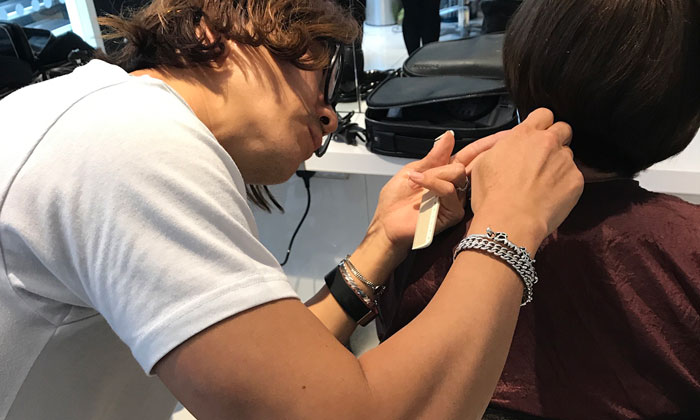
What is your personal hair care philosophy?
I like to think of my profession as a single-use artist. This is because as soon as I cut or style my client’s hair, her hair has already begun to grow and transform. So given the nature of my art, instead of creating something that looks good only for a day, I like to create something that becomes more beautiful and for the client, easily manageable, as time goes by. This means that when I design hair, I keep in mind how my client’s hair will change.
What are common mistakes people make when it comes to hair care?
Shampoo and conditioner are basic hair care items, but people tend to buy whatever product they like without keeping their scalp and hair condition in mind. If you keep using products not suited to your particular concerns, you’ll see that your condition worsens. On the flip side, if you do identify products that are right for you, you’ll see that things start to improve.
Should people be using plant-based oils like coconut, jojoba, or argan oil on their hair?
I don’t think plant-based oils are problematic are their own. What’s more important is finding the ones that your hair and scalp react well to and the ingredients they are craving.
Could you share with us some of your favorite hair care products?
These days, there’s so much variety within hair care products. Instead of sticking to one particular one, I like to recommend products based on what my client’s hair needs. Lately, I’ve been into brands like Ayunche and Shiseido, since they have a wide range of products suited to different hair types.
What’s the best way to bring damaged hair back to life?
The number one thing is being diligent with your hair care. I’ve noticed that people tend to pay a lot of attention to their hair when it’s damaged, but as soon as their hair gets a little bit better, they stop taking care of their hair. Right when your hair starts becoming healthier is when you need the patience to keep going. Even though you may be able to get away with doing your pampering sessions less frequently, this doesn’t mean you should stop taking care of your hair altogether.
What do you think is unique about Korean hair care?
Typically, Koreans like to shampoo every day, so the trend is to have a variety of hair care products on hand and choose what you need based on how your hair feels that day. This is similar to the trend of sheet masking every day—you keep a variety at home so you can pick and choose which one you want that day. So I’d say using specialized products suited to specific concerns.


